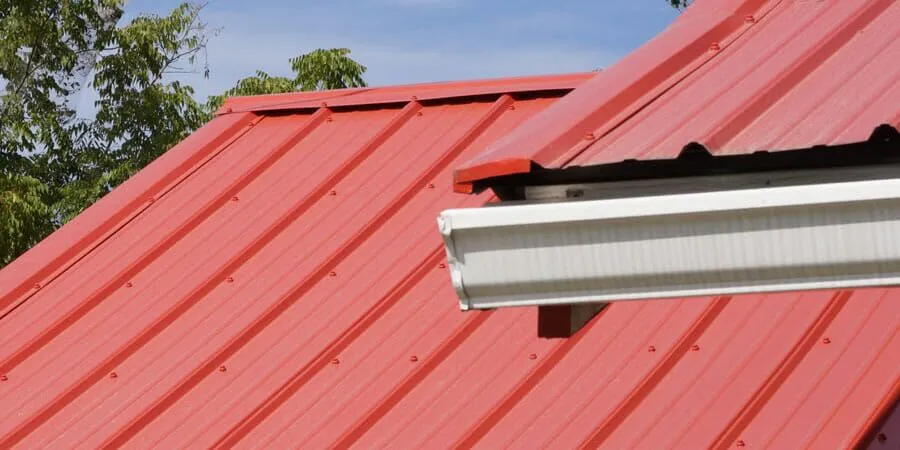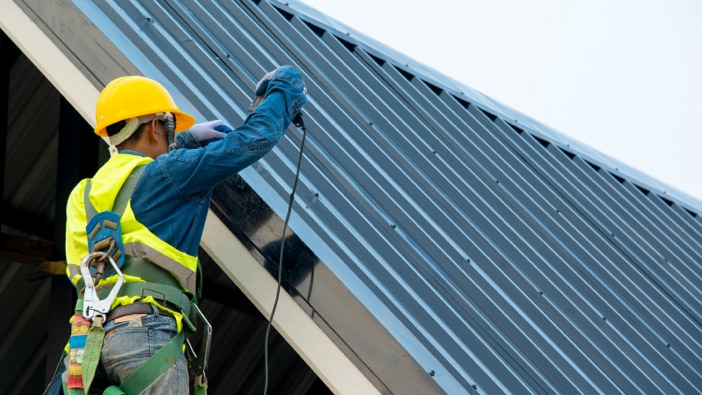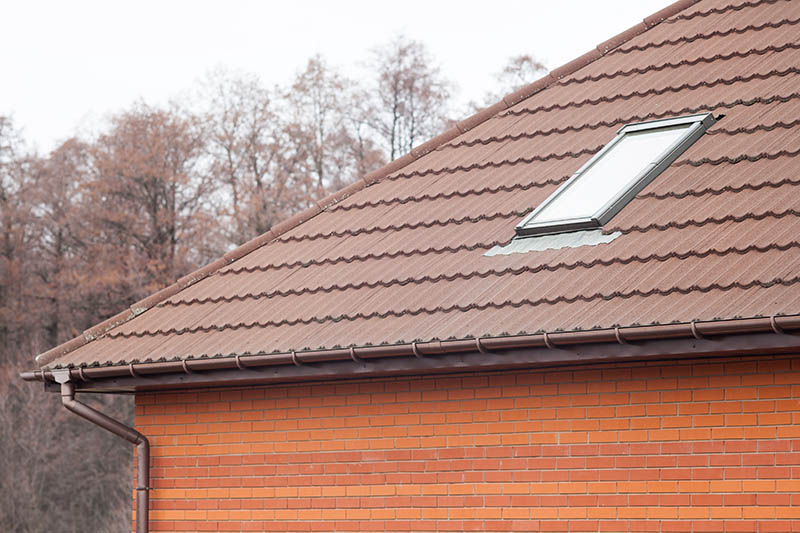views
Understanding how roofing materials behave under various weather conditions is crucial for making informed construction decisions. Homeowners and builders often consider Metal Roofing due to its durability, energy efficiency, and modern appeal. One commonly asked question is whether metal roofing expands and contracts with temperature changes. The short answer is yes but how it happens, and how it’s managed, makes all the difference. At Roof Installation Fulton, we install and maintain metal roofing systems throughout Fulton County, including the areas within zip codes 17233, 17267, 17238, 17212, and 15533. If you're planning to invest in a long-lasting roof system and want to avoid issues such as buckling, warping, or premature failure, understanding the thermal behavior of metal is essential. For expert consultation, call us at (888) 414-6452.
How Metal Reacts to Temperature Changes
Metal roofing naturally expands with heat and contracts when temperatures drop. This thermal movement must be managed during installation.
The Science Behind Thermal Expansion and Contraction
All metals expand when heated and contract when cooled. This principle, known as thermal expansion, affects materials like steel, aluminum, and copper, which are commonly used in metal roofing systems. When the temperature rises, the molecules within the metal become more active and take up more space. When temperatures drop, these molecules settle down and contract.
The degree of expansion or contraction depends on:
-
The type of metal used
-
The length and width of the metal panels
-
Daily and seasonal temperature variations in your area
 Why This Matters in Roofing
Why This Matters in Roofing
In roofing, the repetitive cycle of expansion and contraction can place stress on seams, fasteners, and joints. Over time, this movement if not properly accounted for during installation can lead to:
-
Loosened fasteners
-
Sealant breakdown
-
Panel warping or buckling
-
Water infiltration
Proper installation techniques, such as floating clips, slotted holes, and expansion joints, help manage this natural movement and prevent damage.
Design Features That Handle Thermal Movement
Modern metal roofing uses features like floating clips, slotted holes, and flexible joints to effectively manage thermal expansion and contraction.
Floating Clip Systems
Floating clips are designed to attach the metal panels to the roof deck while allowing slight movement during thermal changes. This flexibility ensures that the roof stays intact without stressing the fasteners or panels.
Slotted Fastener Holes
Fasteners that go through slotted holes provide a bit of "wiggle room" to accommodate metal shifting. This prevents the creation of rigid points that could crack or distort under pressure from expansion.
Panel Profile and Length Considerations
Wider or longer panels will naturally expand more than smaller ones. Standing seam roofs, for instance, can be engineered to include overlapping joints that allow the panels to slide over each other subtly during thermal shifts. This technique ensures both strength and flexibility.
The Role of Installation Quality
Proper installation is crucial to prevent issues caused by metal expansion. Quality methods ensure durability, flexibility, and long-term performance.
Why Professional Installation Matters
Improper installation is one of the top reasons for early roof failure especially with metal. If a contractor doesn't consider thermal movement or uses the wrong type of fastener, the roof can develop issues within just a few seasons.
At Roof Installation Fulton, our team is trained to install metal roofing systems that account for climate-specific thermal conditions in Fulton County. Whether you're in 17233, 17267, or 15533, we use best practices to make sure your metal roof performs well for decades.
The Importance of Underlayment and Ventilation
In addition to handling expansion and contraction, proper underlayment and attic ventilation play a role in maintaining consistent temperatures beneath the metal panels. This helps minimize thermal stress and improves overall roof longevity.
For expert assessment and quality installation, don’t hesitate to call us at (888) 414-6452.
 Benefits of Metal Roofing Despite Thermal Movement
Benefits of Metal Roofing Despite Thermal Movement
Despite thermal movement, metal roofing offers long-term durability, energy efficiency, low maintenance, and excellent performance in all climates.
Durability and Lifespan
When correctly installed, metal roofing systems can last 40 to 70 years, far surpassing traditional asphalt shingles. Even with thermal expansion, the structural integrity of a well-installed metal roof remains uncompromised.
Energy Efficiency
Metal reflects solar radiant heat, which helps reduce cooling costs during hot summers especially beneficial in rural and semi-urban areas like 17212 or 17238. Advanced coatings and paints can further enhance energy efficiency without affecting the roof’s ability to flex.
Low Maintenance
Thanks to precision engineering, most of the components used in modern metal roofing systems are designed to accommodate natural movement. That means fewer repairs and lower lifetime maintenance costs.
Metal Roofing Options That Perform Well in Varying Temperatures
Certain metal roofing types like standing seam, corrugated panels, and aluminum systems are designed to handle temperature changes effectively.
Standing Seam Metal Roofing
Known for its sleek appearance and hidden fasteners, standing seam systems are ideal for areas with fluctuating temperatures. Their vertical seam design naturally accommodates expansion without compromising water tightness.
Corrugated Metal Roofing
Often used in agricultural or industrial buildings, corrugated panels are more forgiving when it comes to thermal movement due to their shape and structure. They're cost-effective but require precise fastening techniques to prevent issues.
Aluminum and Zinc Roofing
Some metals like aluminum and zinc are more flexible and less prone to corrosion. Aluminum, for instance, handles thermal movement well, making it suitable for regions with hot summers and cold winters.
 Conclusion
Conclusion
Yes, metal roofing does expand and contract with heat—but when properly installed, this natural behavior is fully manageable and poses no threat to the roof’s integrity. Materials, engineering, and quality workmanship all play vital roles in ensuring a long-lasting, trouble-free metal roof system.
If you're located in Fulton County or zip codes 17233, 17267, 17238, 17212, or 15533, you can count on Roof Installation Fulton for professional installation that considers every detail, including thermal movement.
Call us today at (888) 414-6452 to schedule a free consultation or roofing inspection.
FAQs
How much can metal roofing expand or contract in a day?
Metal roofing panels can expand or contract up to 1 inch per 100 feet for every 100-degree change in temperature. The actual movement depends on the specific metal and installation method.
Can thermal movement cause metal roofs to leak?
Only if the roof is poorly installed. Proper use of expansion joints, flexible fasteners, and flashing prevents leaks caused by metal movement.
Is it okay to install a metal roof in areas with large temperature swings?
Yes. Metal roofs are suitable for all climates when installed correctly. Professional roofing systems are designed to withstand thermal stress without compromising performance.
Does metal movement make noise during hot or cold days?
Some older or improperly installed metal roofs may creak or pop during temperature changes. However, modern systems with proper fastening reduce or eliminate these sounds.
Will metal roofing warp over time due to expansion and contraction?
Not if installed correctly. Warping is usually a result of poor installation practices rather than the material itself.










